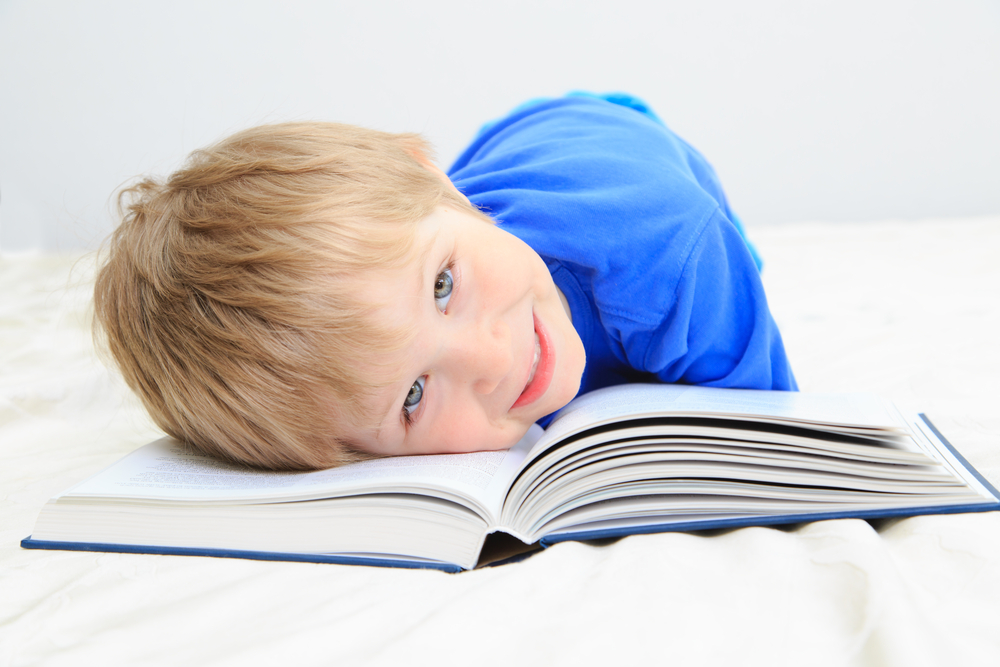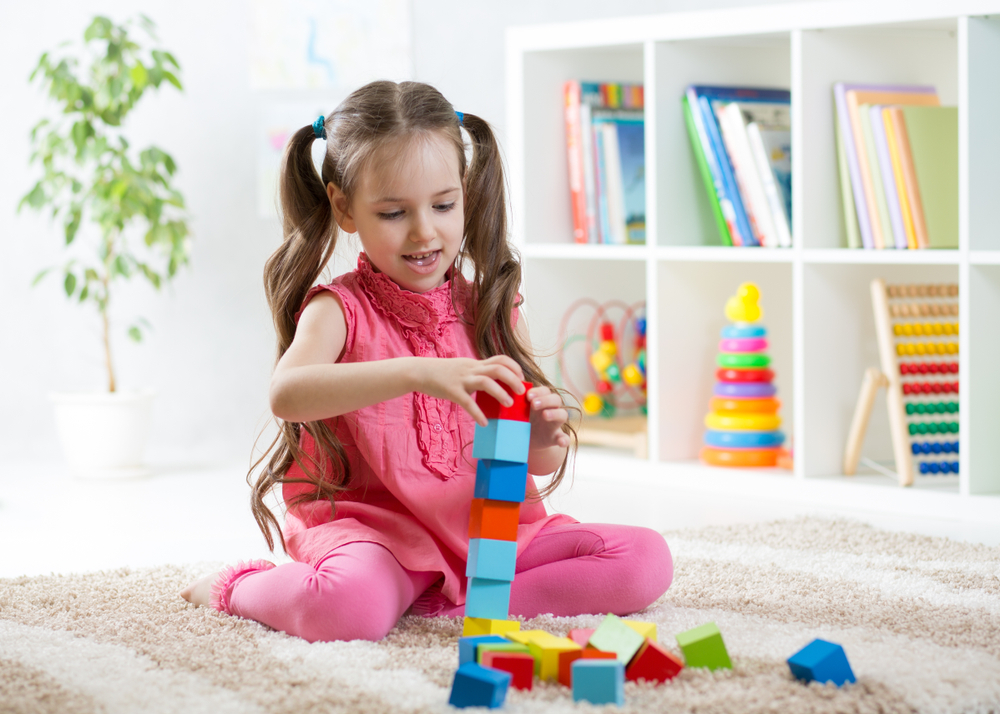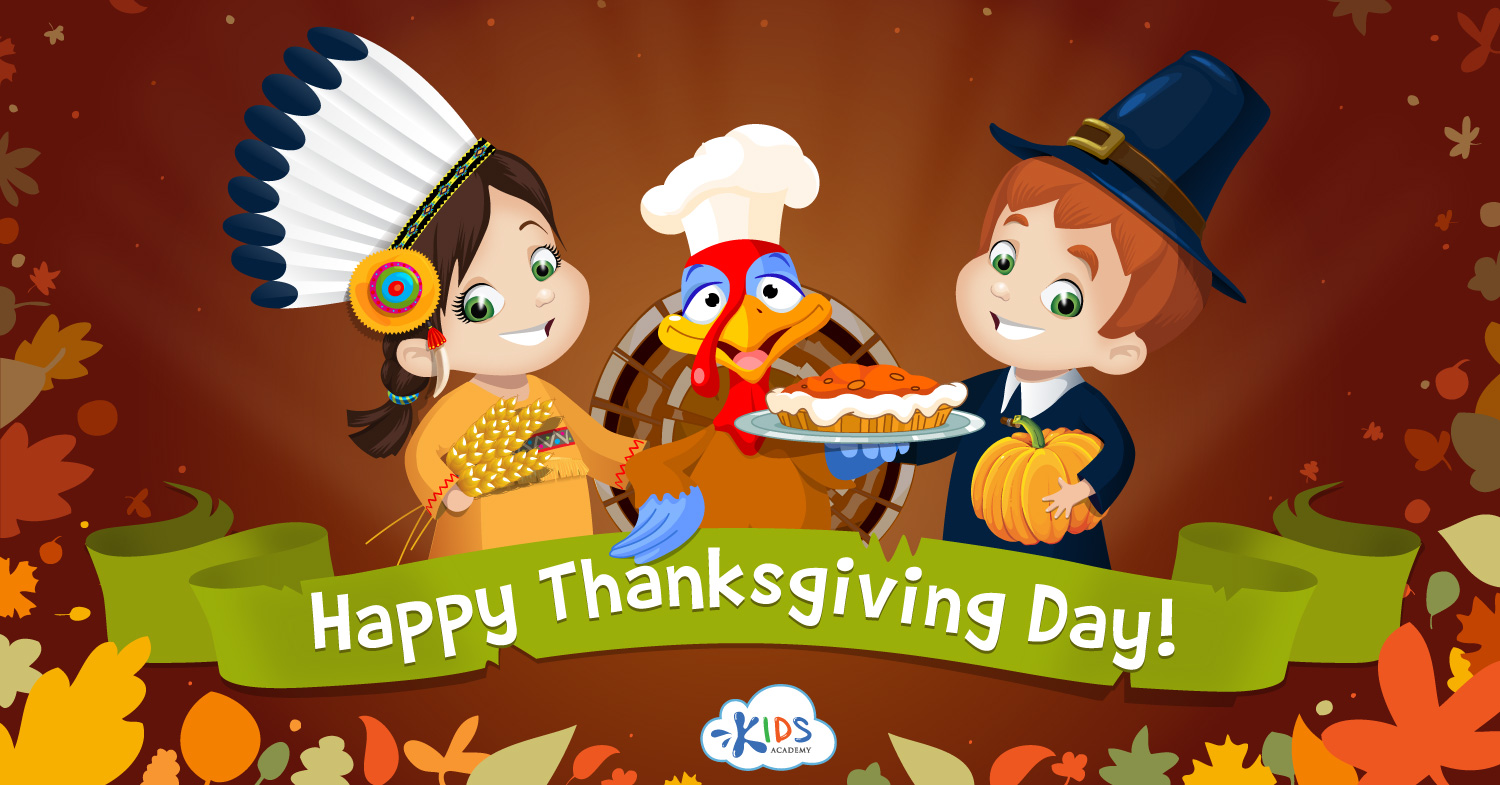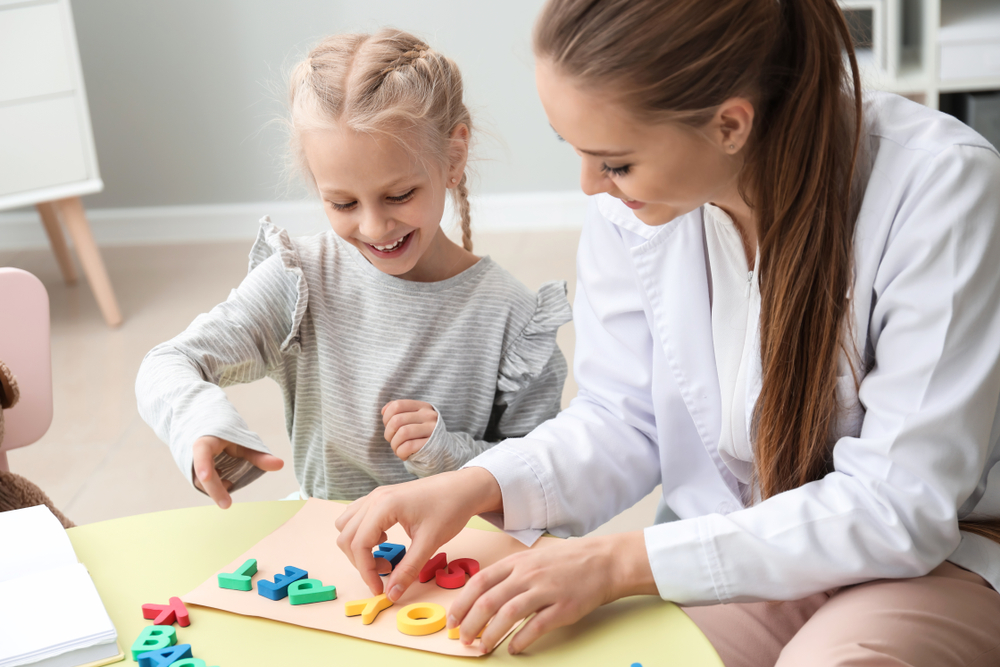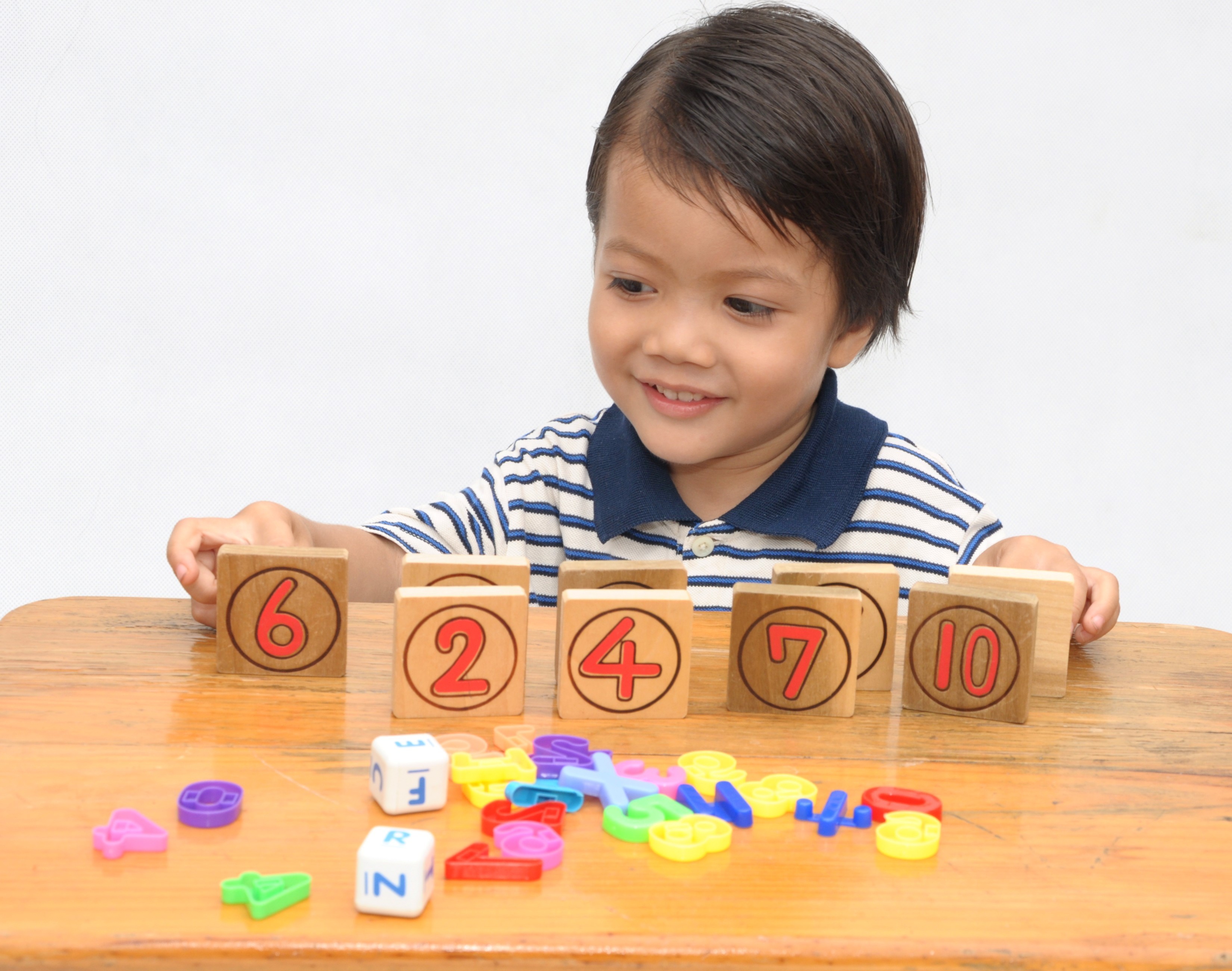Normal Songs and Poems worksheets activities for Ages 7-9
7 filtered results
-
From - To
Explore our engaging "Normal Songs and Poems Worksheets" designed for children ages 7-9! These fun and educational activities help young learners develop essential language skills while enjoying catchy songs and poetic rhythms. Each worksheet encourages creativity, comprehension, and listening skills, making it perfect for classroom or home learning. Your child will explore a variety of themes, fostering a love for language and literature. Easy to use and print, these interactive resources include fill-in-the-blank exercises, song lyric analysis, and poem responses, ensuring a captivating learning experience. Spark inspiration and boost confidence with our vibrant activities that celebrate the joy of music and poetry!
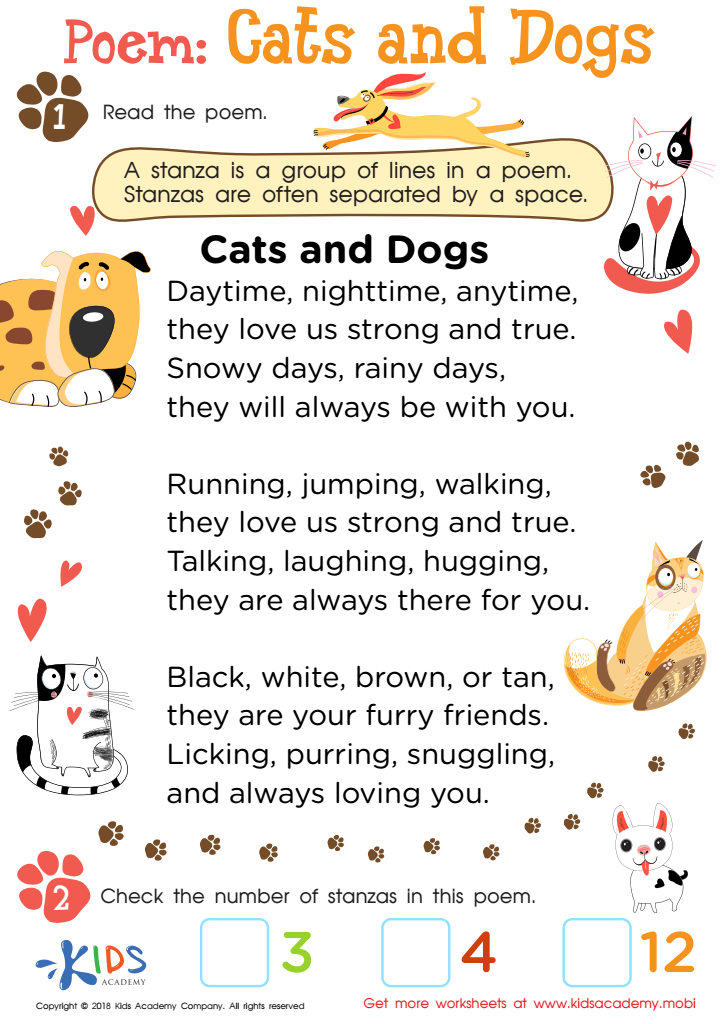

Poem: Cats and Dogs Worksheet
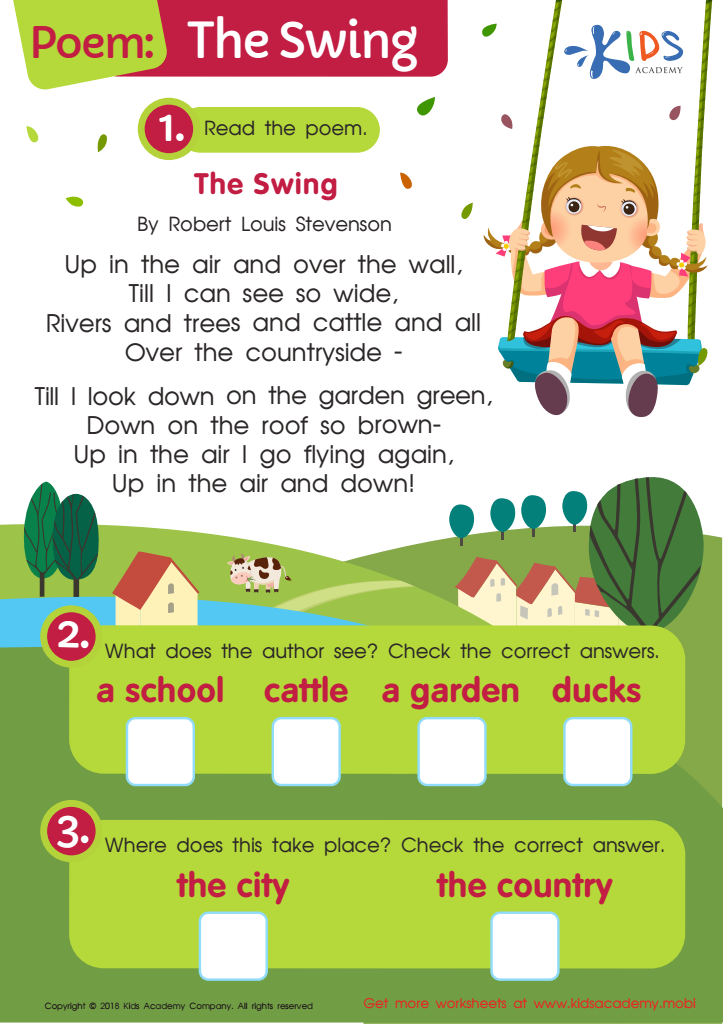

Poem: The Swing Worksheet
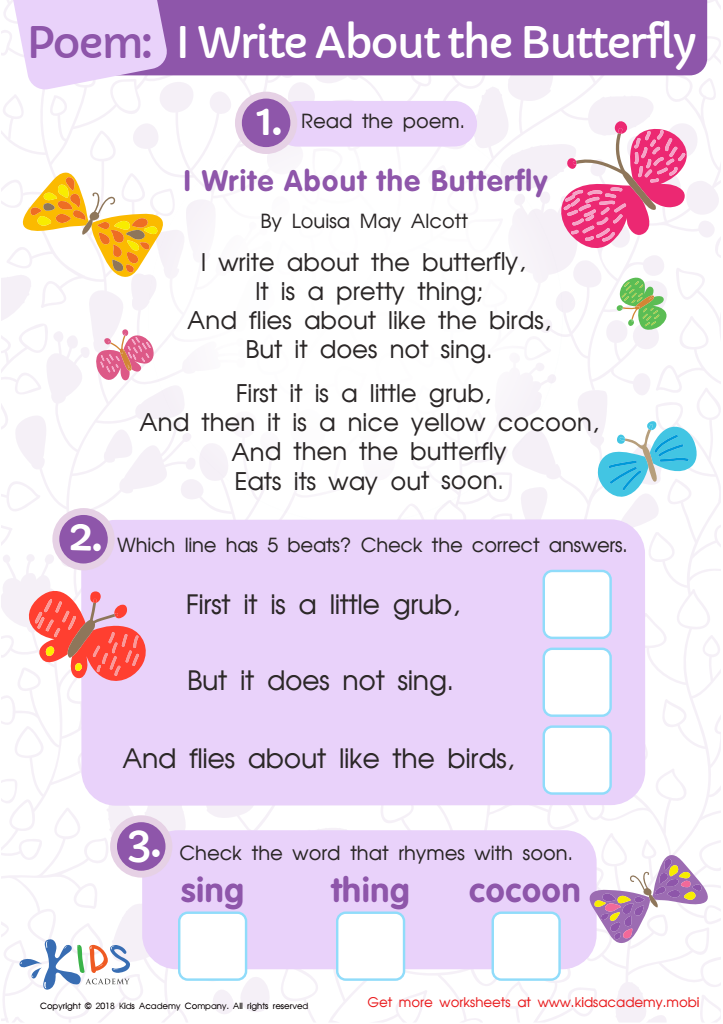

Poem: I Write About The Butterfly Worksheet
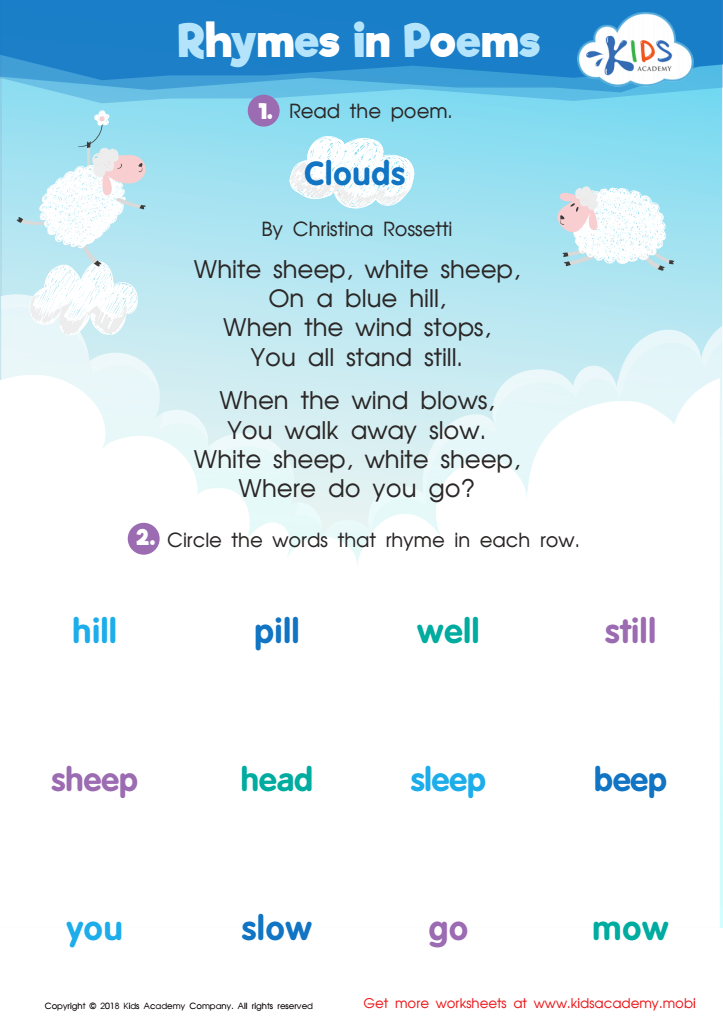

Rhymes in Poems Worksheet
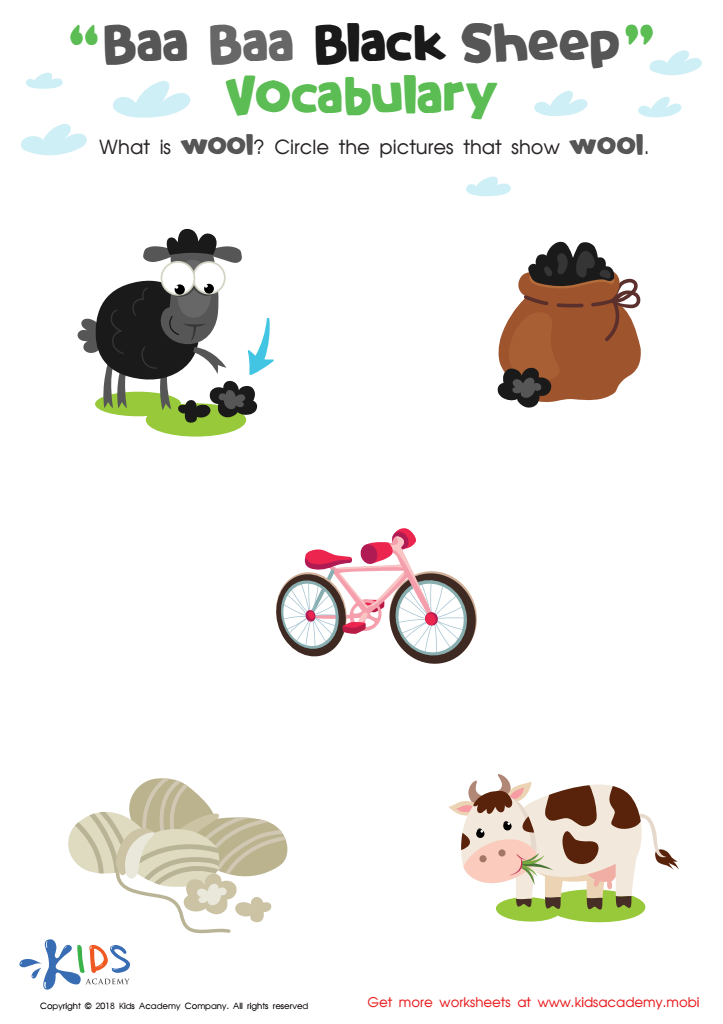

Baa Baa Black Sheep: Vocabulary Worksheet
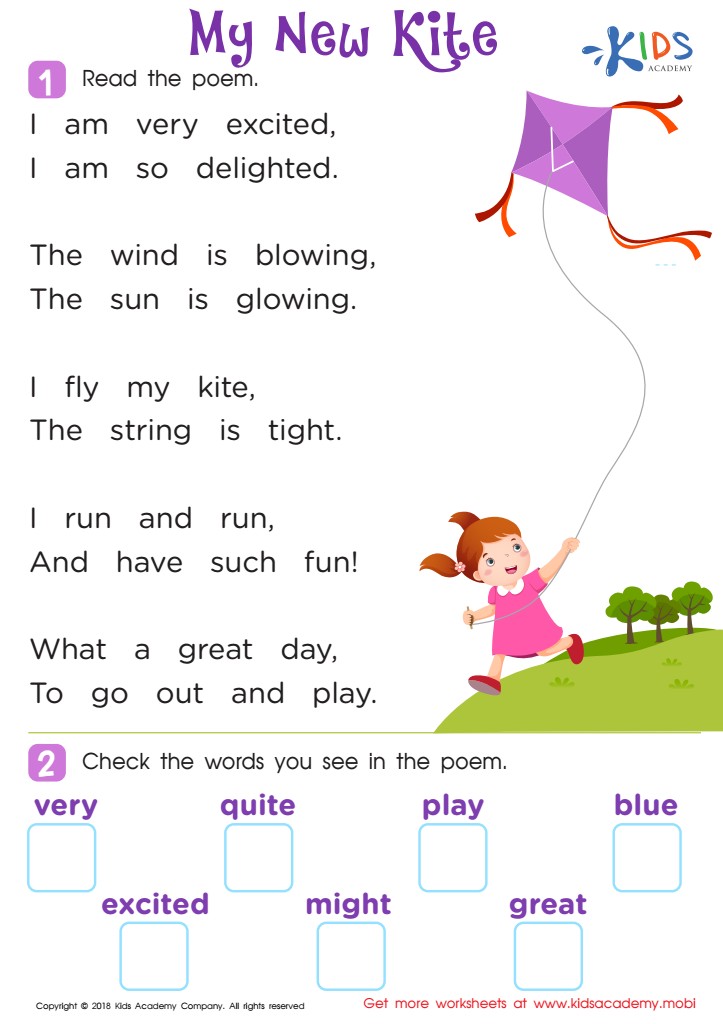

Poem: My New Kite Worksheet
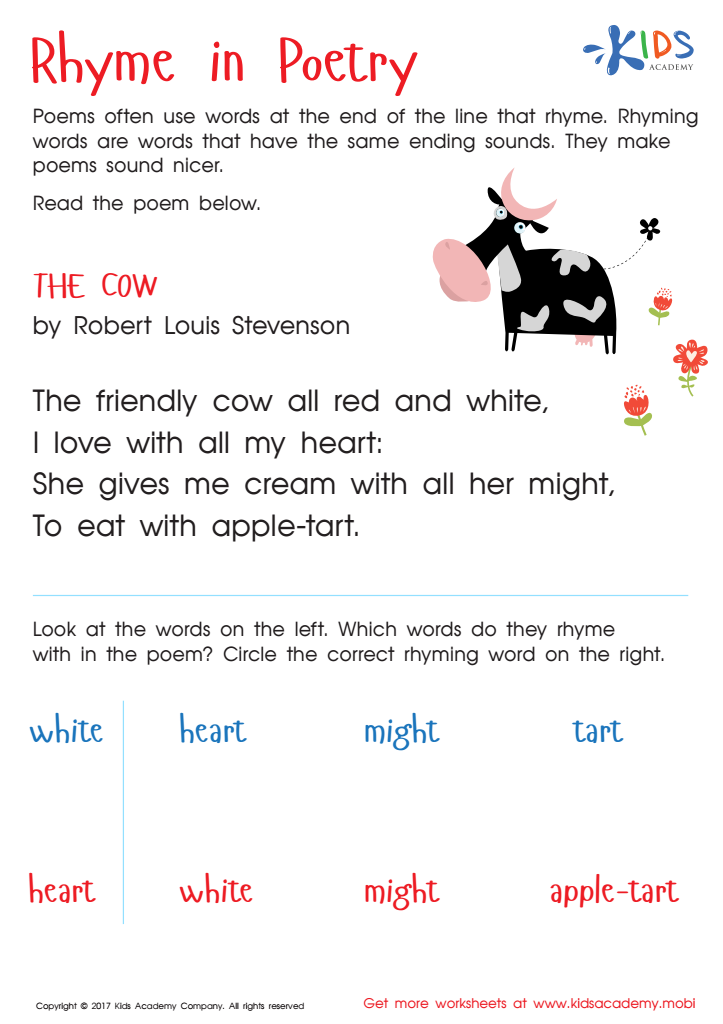

Rhyme In Poetry Worksheet
Parents and teachers should care about normal songs and poems activities for ages 7-9 because they play a crucial role in a child's language and cognitive development. At this age, children are typically learning to read and write more fluently, and incorporating music and poetry enhances their literacy skills. Songs and poems introduce children to rhythm, rhyme, and varied vocabulary, making learning more engaging and enjoyable.
These activities also foster creativity and imagination. By participating in singing and reciting poems, children express themselves and begin to grasp concepts of emotion and storytelling. This imaginative play not only enriches their language skills, but also aids in social development as children enjoy these activities together, promoting collaboration and communication.
Additionally, songs and poems often incorporate themes and lessons that can help instill moral values, cultural awareness, and empathy. Engaging children in discussions about the meanings behind the lyrics or verses encourages critical thinking and comprehension.
Furthermore, such activities can serve as a delightful way to unwind, bonding families and classrooms through shared experiences. Ultimately, normal songs and poems are a powerful tool in nurturing holistic development in young learners, making them essential in early education.

 Assign to My Students
Assign to My Students


